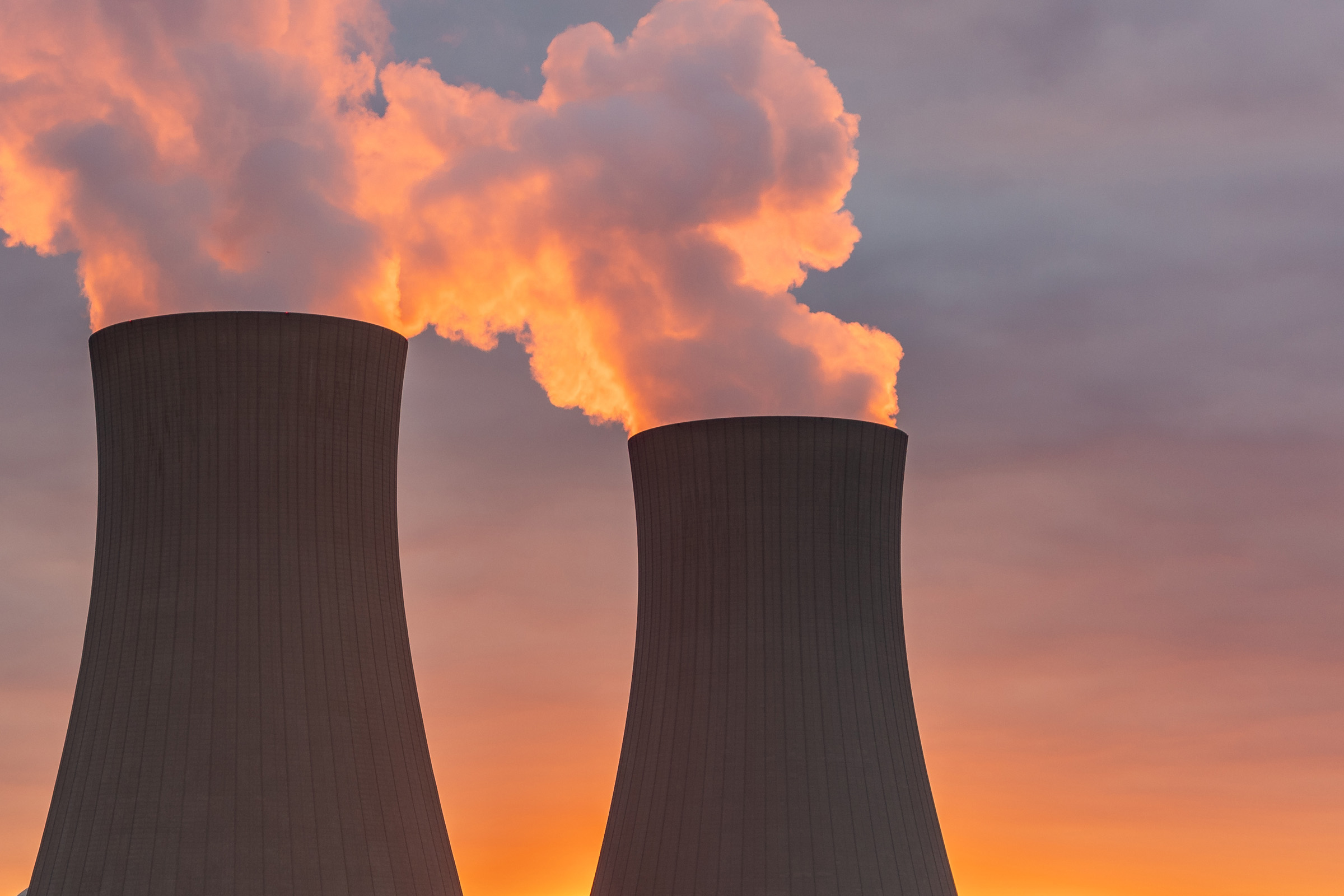The Energy Transition | Government makes next steps in UK nuclear sector
Published on 18th November 2025
Welcome to our top picks of the latest energy regulatory and market developments in the UK's transition to net zero

This week, we look at the UK's first site for small modular nuclear reactors, national policy statement for nuclear generation, DESNZ issues further consultation on locational changes of capacity market units, and NESO's connections methodologies update.
Two updates for the UK nuclear industry
Wylfa selected as site for UK's first small modular nuclear reactors
Great British Energy-Nuclear (GBE-N) has confirmed that Wylfa in Anglesey has been selected as the site for the UK's first small modular reactor (SMR). These will be produced by Rolls-Royce, whose designs were selected in June this year as the government's preferred technology for the first UK SMR development.
Development will commence at Wylfa in 2026, GBE-N aiming for the SMRs to begin exporting to the grid in the mid-2030s. Once operational, the site is expected to be capable of delivering 1.5GW of power, coming from three separate water-based SMRs.
GBE-N is also tasked with identifying suitable sites that could potentially be suitable for the location of a nuclear project on the scale of Hinkley Point C or Sizewell C and is expected to publish its report on this in late 2026. It is not yet clear whether this week's announcement will rule Wylfa out of the running for the siting consideration of that potential project.
National policy statement for nuclear
The Department of Energy Security and Net Zero (DESNZ) has published its response to the consultation on a national policy statement for nuclear or EN7. The National Policy Statement (NPS) applies to the development of nuclear projects in the UK. EN-7 will apply to the development of nuclear projects in the UK and builds upon other relevant NPS'. Predominantly, these are EN-1 for energy and EN-6, which is the existing NPS for nuclear developments that will be superseded by EN-7.
EN-6 had previously specified eight sites that DESNZ considered suitable for nuclear development prior to the end of 2025, whereas in contrast EN-7 will simply set out criteria to be considered by nuclear developers and the decision makers for citing nuclear infrastructure.
The government published its draft of EN-7 earlier this year and launched a consultation seeking views from stakeholders on its suitability for accelerating the development of the UK's nuclear fleet, as well as whether it is sufficiently future-proofed to accommodate the forecast developments in nuclear technologies.
The consultation findings were largely positive, with "no areas of EN-7" being found to be unworkable, unfit for purpose or lacking in stakeholder support. However, the government acknowledges that "additional information and guidance" will need to be produced to support developers through the revised development consent process.
The consultation posed seven specific questions. Responses to many of these called for the government to ensure that the final EN-7 allows for its continual review and amendment should technological advancement outpace policy. In response, the government has stated that EN-7 will be reviewed every five years in line with other NPS, but it can be subject to additional review at any time.
A specific area of discussion within the consultation and the government's response is the "semi-urban population density" criterion. This limits the proximity to densely populated areas within which nuclear infrastructure can be deployed. Some in the industry suggested in their consultation responses that this is based on outdated "assumptions" regarding nuclear safety. They warn that this could hinder the adequate development of SMR and AMR technology in locations where they can have the most positive impact.
The government, however, states that the criterion will remain in EN-7 and cites the positive responses from nuclear experts who suggest it is prudent to retain the criterion "until further evidence on the safety" of new and novel technologies is made available.
The response states that the government will now revise the EN-7 draft based on the feedback received, before laying it before Parliament for final consideration. It contemplates the final version becoming designated policy before the end of the year.
DESNZ updates on Capacity Market locational changes consultation
The government, further to the consultation on the proposal to disallow location changes under Capacity Market rules, has issued additional updates.
The consultation initially indicated that the proposal would apply to all current and future agreements from the date it comes into effect.
However, the government has clarified that "the proposed change will apply to all existing agreements from the point it comes into force and new agreements awarded after that." It has also stated that it does not affect any change of location requests properly given to the delivery body "before the changes come into force in respect of existing or previous agreements."
The government has also extended the consultation deadline to 28 November. Stakeholders are invited to send their input via email: capacity.market@energysecurity.gov.uk or respond online
NESO publishes connections methodologies update
The National Energy System Operator's (NESO) has published updated connections methodologies – the frameworks used in its "Gate 2 to the whole queue" (G2tWQ) exercise – as part of its "TMO4+" proposals to reform the electricity transmission connections process.
The reforms aim to ensure the connections queue for projects best supports the government's Clean Power 2030 Action Plan, and it is the latest in a series of recent developments, clarifications, proposals and consultations in the G2tWQ exercise.
Advancement checks
The "advancement checks" will move from step five in the align the connections queue to the CP30 action-plan stage to prior to step one. This will provide NESO with more time to undertake the checks and avoiding delays.
In addition, distribution network operators will not be required to stipulate a "maximum advancement date" and, instead, akin to the transmission operators, will only be required to indicate where a project cannot be advanced from a current connection date of phase 2 (beyond 2031) into phase 1 (before end 2030) of the reformed connections queue.
Reactive compensation
"Reaction compensation" has been added to the listed technologies in the connections network design methodology and Gate 2 criteria not included in the CP30 plan, therefore automatically meeting the Gate 2 strategic alignment "criteria d" for listed technologies under ongoing review. This also applies to "synchronous compensation" projects, as these come within the "reactive compensation" technology term.
0MW onshore-wind transmission zones
For 0MW onshore wind zones in phase 1, NESO is setting the permitted capacity to be equal to the built capacity. This is to ensure that no capacity is removed from another zone during "rebalancing".
Queue ordering for technologies outside the CP30 plan's scope
In forming the G2tWQ, projects with technologies not included in the CP30 plan will similarly to those within the plan be assigned a phase, based on their contracted connection date or requested advancement date, and the remaining projects will be ordered based on progress/planning status.
This article was written with the assistance of Adam Budd and Yasmine Jauffur, trainee solicitors, and Tomisin Agbonifo, paralegal






